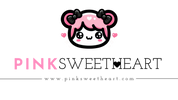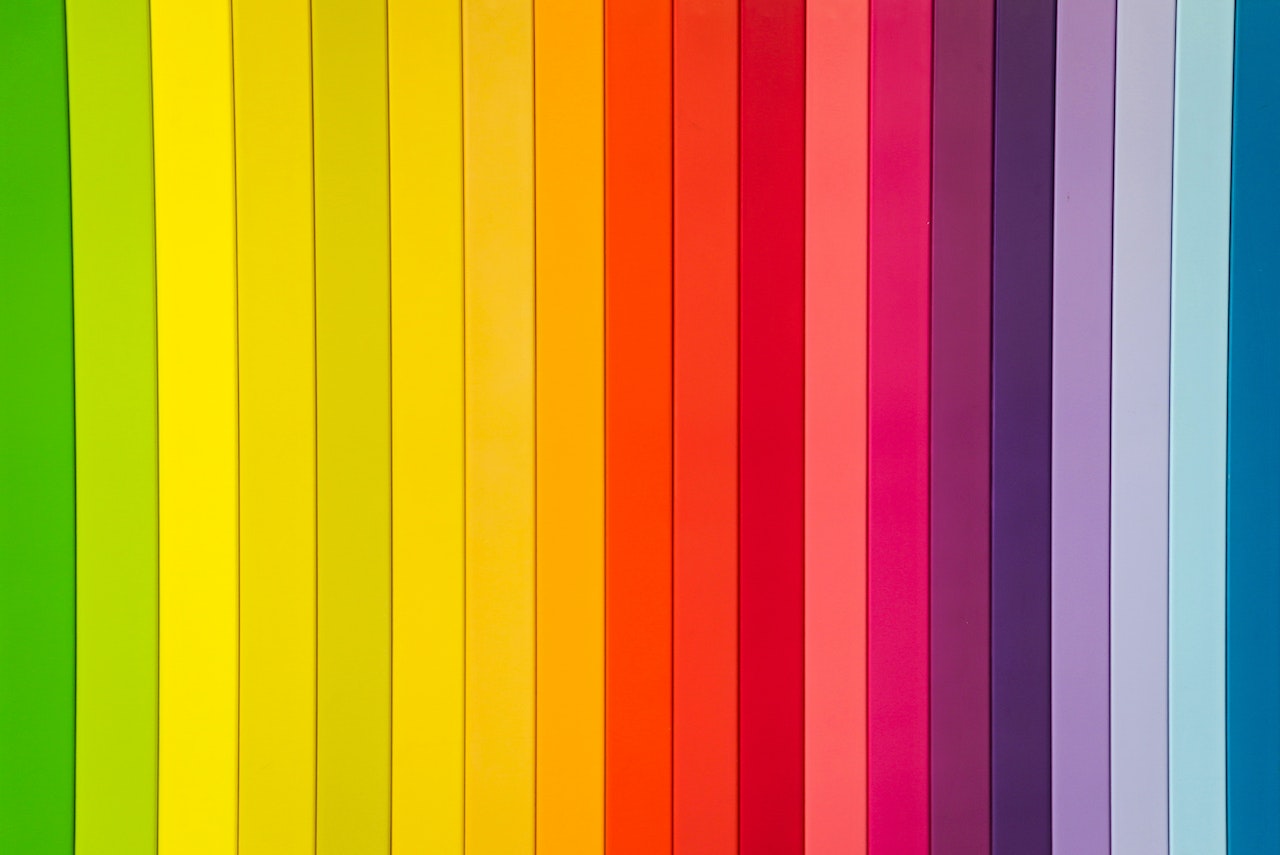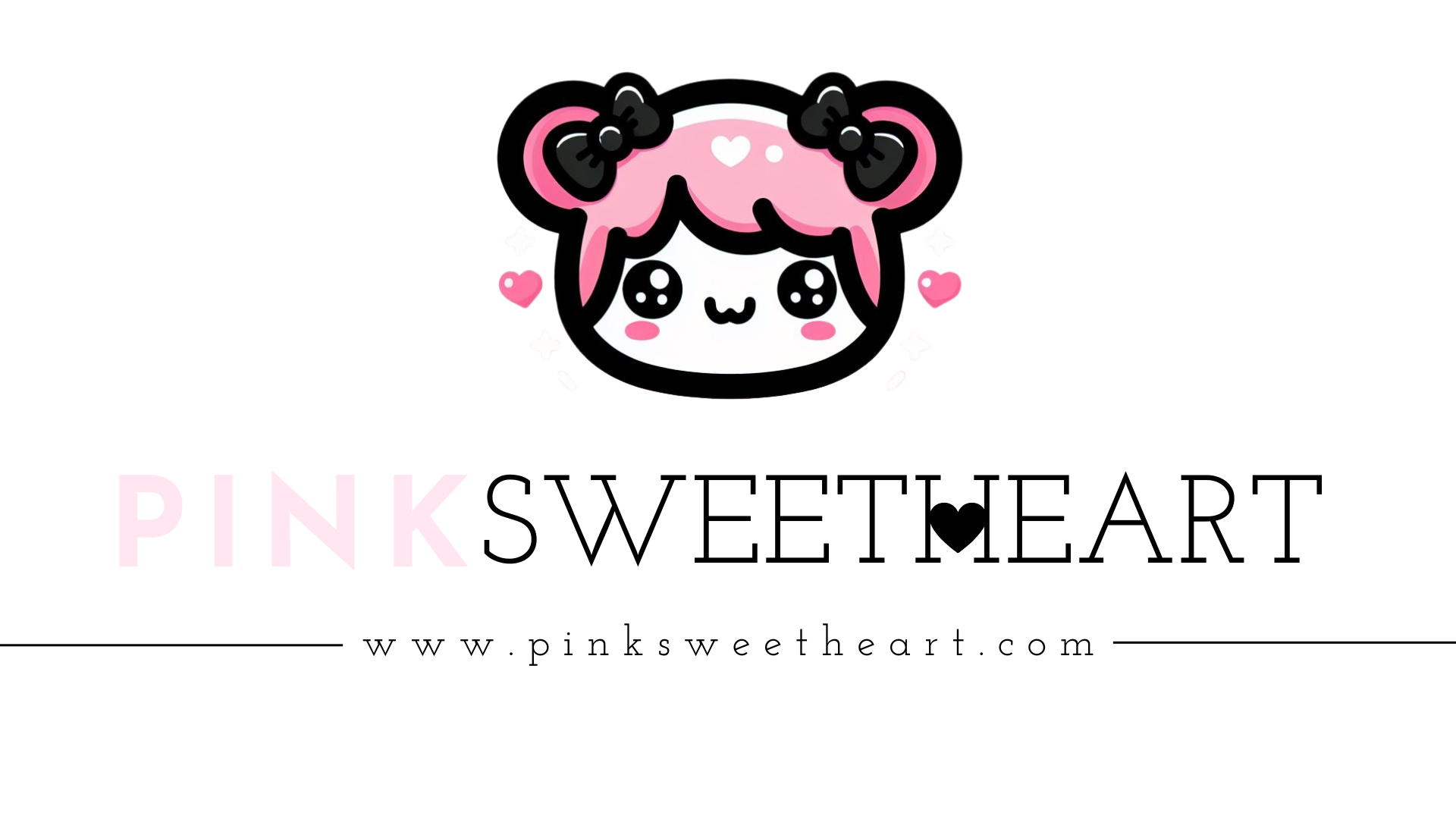Introduction:
Makeup is an art form, and just like any artist, understanding color theory is crucial for creating stunning, harmonious looks. By delving into the world of color theory, you'll gain the knowledge and confidence to experiment with different shades, undertones, and complementary colors to achieve makeup looks that are visually captivating and artistically balanced. In this blog post, we'll explore the fundamentals of makeup color theory, providing you with valuable insights and practical tips to enhance your makeup application and unleash your creativity.
1. The Basics of Color Theory:
Color theory is a system of principles and guidelines that helps us understand how colors interact, harmonize, and create visual impact. Three key components of color theory are:
- Hue: The term "hue" refers to the basic color family, such as red, blue, or yellow. These hues can be warm (e.g., red, orange, yellow) or cool (e.g., blue, green, purple).
- Saturation: Saturation refers to the intensity or purity of a color. Colors can be vibrant and fully saturated or desaturated and muted.
- Value: Value refers to the lightness or darkness of a color. It determines the contrast between shades and tints of a particular hue.
2. Understanding Color Harmonies:
Color harmonies are combinations of colors that create pleasing and balanced visuals. Here are some popular color harmonies and how you can apply them to your makeup looks:
- Complementary Colors: Complementary colors are hues that sit opposite each other on the color wheel, such as red and green or blue and orange. When used together, complementary colors create a striking contrast and make each other pop. For example, pairing a warm orange lipstick with a cool blue eyeshadow can create an eye-catching and vibrant look.
- Analogous Colors: Analogous colors are adjacent to each other on the color wheel, such as yellow, orange, and red. These colors blend seamlessly and create a harmonious, monochromatic effect. Using analogous colors in your makeup look can result in a cohesive and balanced appearance. For instance, using shades of pink and coral on your eyes, cheeks, and lips can create a soft and romantic makeup look.
- Triadic Colors: Triadic colors are three hues that are evenly spaced on the color wheel, such as red, blue, and yellow. Using triadic colors in your makeup look adds energy and vibrancy while maintaining balance. For example, incorporating a deep blue eyeliner, a vibrant red lipstick, and a touch of yellow eyeshadow can create a bold and impactful look.
Understanding Color Psychology:
Color psychology suggests that different colors have the power to evoke specific emotions and create unique psychological responses. By incorporating these colors into your makeup routine, you can tap into their transformative properties and harness their effects.
1. Calming and Tranquil Blues:
Blue shades in makeup, such as soft blues or aquamarines, are known for their calming and soothing qualities. These colors can help alleviate stress, promote relaxation, and create a sense of tranquility. Experiment with blue eyeshadows, liners, or nail polishes to invoke a sense of peace and serenity.
2. Energizing and Passionate Reds:
Red is a bold and passionate color that exudes confidence and energy. Incorporating red hues, like vibrant red lipsticks or flushed blushes, can ignite feelings of passion, power, and vitality. Embrace the fiery energy of red in your makeup to evoke a sense of strength and boldness.
3. Uplifting and Optimistic Yellows:
Yellow is often associated with joy, optimism, and happiness. By incorporating yellow tones into your makeup, such as golden eyeshadows or sunny-hued lip glosses, you can infuse your look with a sense of positivity and cheerfulness. Let yellow be your go-to color when you want to radiate optimism and brightness.
4. Grounding and Natural Greens:
Green, reminiscent of nature, symbolizes growth, balance, and harmony. Incorporate earthy green shades into your makeup routine through eyeshadows or liners to create a grounding effect and foster a sense of tranquility and rejuvenation.
5. Sophisticated and Empowering Purples:
Purple is often associated with luxury, royalty, and creativity. Incorporating purple hues, like rich plum lipsticks or lavender eyeshadows, can bring a sense of sophistication and empowerment to your makeup look. Let purple be the color that sparks your imagination and fuels your creativity.
Conclusion:
Makeup color therapy is a fascinating way to infuse your beauty routine with emotional depth and personal expression. By understanding the psychology of colors and the effects they have on our emotions, we can harness their transformative power to enhance our mood and radiate confidence. Experiment with different colors in your makeup routine to evoke specific emotions and create a look that aligns with your inner self. Let makeup color therapy be your guide as you embark on a journey of self-discovery, empowerment, and emotional well-being through the art of makeup.


